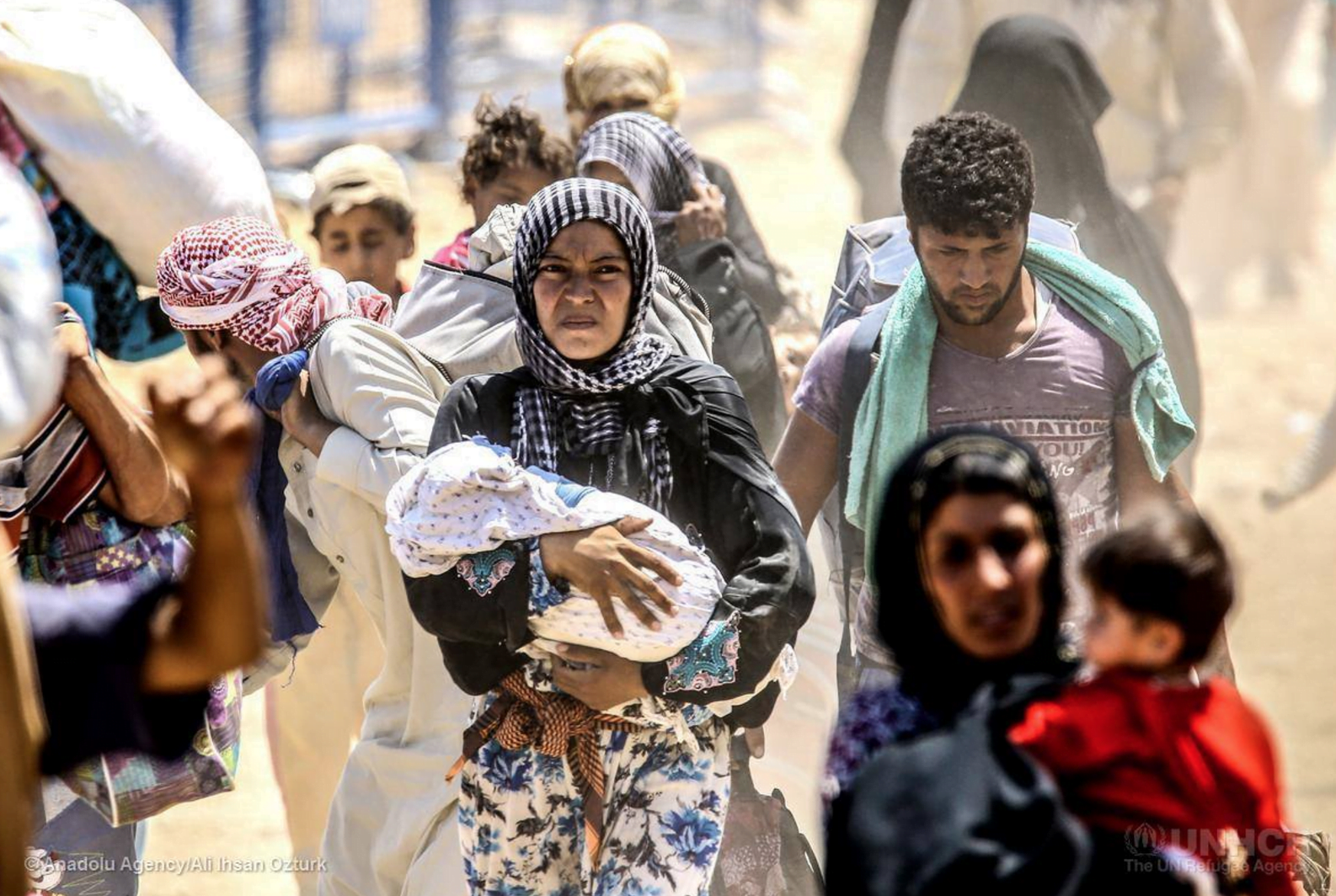This week, President Trump made good on several campaign promises to start building a wall on the US-Mexico border and begin proceedings to crackdown on undocumented migrants and so-called Sanctuary cities around the US. But amid the discussions of those moves came another bombshell, namely a leaked draft text of an Executive Order regarding admission to the US of refugees and foreign nationals from states impacted by terrorism. Again, President Trump seems poised to turn his inflammatory campaign rhetoric into reality, to the detriment of some of the world’s most vulnerable people.
Examining immigration policies as part of national security is nothing new. No government wants to open up its borders to potentially dangerous people. Following the attacks of September 11, the US did a comprehensive review of immigration policies and procedures to better assess how to identify potential terrorists trying to gain access the the US. But what this new Executive Order sets out to do is far more extreme than any previous government policy.
In eight short pages, the draft text proposes several new deviations from existing policy.
1) Bans all visas for foreign nationals from certain countries
The draft text suspends for 30 days all immigrant and nonimmigrant entry into the US for nationals from Somalia, Yemen, Iraq, Iran, Syria and Libya. However this is just to start. The text also orders the Department of Homeland Security to examine which countries’ nationals may be of particular concern for national security and should be included in a general ban for both immigrant and nonimmigrant visas. The trigger for lifting such a ban is based on the receipt of information from the country in question, but further details about what that information may be or how it must be received is missing.
Admission of nationals from certain states such as Iran and North Korea is already pretty limited outside of diplomatic and humanitarian channels, but those are countries where the US has an extended and contentious diplomatic history with. Officially, the US is still at war with North Korea and it has no official diplomatic relations with Iran. The initial list here, as well as no explicit humanitarian exception, is far broader and marks a significant departure from current US policy. Likewise, the possibility that the list could be expanded in the future means that this could just be the beginning of a radically different approach to immigration.


2) Suspends admission of all refugees until they can clear a new vetting process that has yet to be decided.
One of Trump’s classic campaign promises was to create a stricter vetting process for refugees coming to the US. The current US vetting system for refugees is already the strictest in the world, and takes an average of 18 to 24 months for a person to clear. But true to his word, Trump is doubling down on that promise to make things even harder for those fleeing conflict and persecution.
What this means in a practical sense is unclear. The text orders a categorical suspension on all refugee processing for 120 days until better procedures can be decided upon. On those procedures, the draft text merely orders the Department of Homeland Security, State Department and the Director of National Intelligence to develop “sufficient safeguards” for refugee vetting. For those refugees who have already cleared the current process but have not yet arrived in the US, their applications are halted until they can clear the new TBD procedures.
The draft text also cuts the total number of refugees allowed into the US in 2017 dramatical to just 50,000. Following September 11, refugee admissions dropped significantly, but this cap would still be the lowest number of refugee admissions since 2007. In comparison from 1989 to 1994, a time period that covered both a Republican and Democratic administration, the average number of refugees admitted to the US was nearly 118,000.
Needless to say, the world is in the midst of a global refugee crisis that has no indications of ending soon, With more displaced people in the world than any other time in the last 70 years, any move that makes it harder for refugees to find safety is a move in the wrong direction.
3) Bans all Syrian refugees from the US Refugee Admission Program.


And finally, the draft text prohibits the processing and admission of all Syrian refugees until the president decides otherwise. The text gives no indication of when this might change, and instead leaves any change in this policy solely up to President Trump.
All in all, these new policies not only change existing US immigration standards but also place a significant humanitarian burden on the global community. The US has historically been a major refugee resettlement state, and by essentially opting out of these commitments the opportunities for those displaced by war and persecution just got much smaller.
Furthermore, it is impossible to read the draft text and not understand who it is trying to target. While some humanitarian exceptions to these policies are allowed for in the text, it is mainly geared towards religious minorities such as Jews and Christians in the Middle East. Likewise, all the countries subject to the categorical visa ban are Muslim majority, demonstrating an official level of hostility towards Islam that the US has shied away from in the past.
Time will tell what impact these new policies will have, but for many both in the US and abroad, this marks a dark change in the policies of a country that has always prided itself on being a global melting pot and a place of safe refuge for all.
